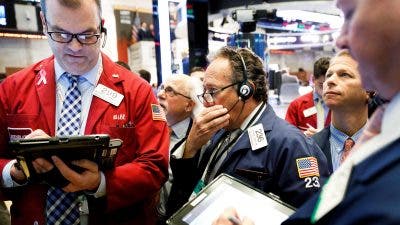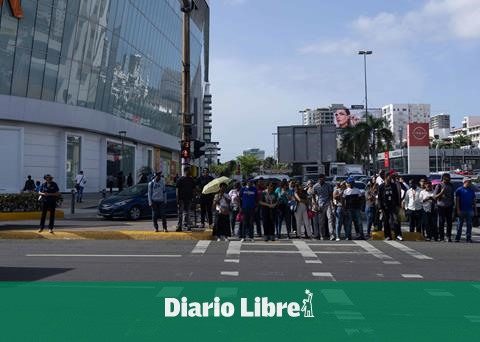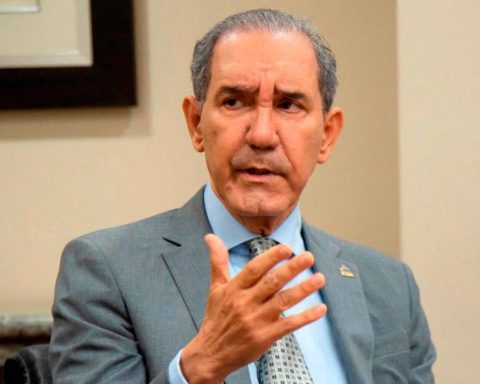Wall Street chains a third bad week with two of its three main indices losing in the weekly calculation, due to investors’ fear of a recession and that the central banks of the main economies continue raising interest rates to cool the economy and stop the inflation.
Throughout the week, the Dow Jones de Industriales -the main indicator of the New York parquet- added 0.9%, while the selective S&P 500 fell 0.2% and the technological nasdaq lost 2%.
Read: Leonel Fernández’s prediction about the Dominican economy for 2023
A sentiment not shared by investors on the other side of the Atlantic, where the European stock markets have ended a positive week – in the last five days, Madrid has advanced 1.93%, London, 1.92%; Paris, 0.81%; Milan, 0.8%; and Frankfurt and the index euro stoxx fiftywhich groups the large listed companies, 0.34%.
The indecision in which the investors of the New York parquet move was defined today by the founder of Navellier & Associates, Louis Navellierwhich in a statement to the CNBC channel, assured- “The economic figures announced today highlight the difficulty for investors today, where weak figures bring fears of recession and strong figures cause fear of the fed«.
The figures to which he referred navellier is the index of Expenditure Prices in Personal Consumption (PCE), which measures inflation in major personal consumption products, rose slightly more than analysts had expected.
The PCE for November grew by 4.7% compared to the previous year, 0.1% more than expected, which means that inflation continues to rise.
On the other hand, economic data released this week points to a strong job market and faster-than-expected economic growth, leading investors to fear that the Federal Reserve (Fed) still have room to raise interest rates.
Weekly employment data showed that 216,000 people filed initial claims for jobless benefits last week, up 2,000 from the previous week.
You could read: US highlights “prosperous collaboration” with Dominican Republic
These claims, which serve as a proxy for layoffs, have hovered around that level since May, a sign of strength in the labor market, which could encourage the Fed to further tighten monetary policy.
In addition, an estimate of the economic growth of the latest quarter suggested that production expanded at an annual rate of 3.2%.
However, according to the latest survey of the american association of Individual Investors, quoted by The Wall newspaper Street Journal, investors share a bearish sentiment not seen in the last nine weeks. In other words, 52.3% of the asset traders surveyed believe that stocks will continue to fall in the next six months.


















